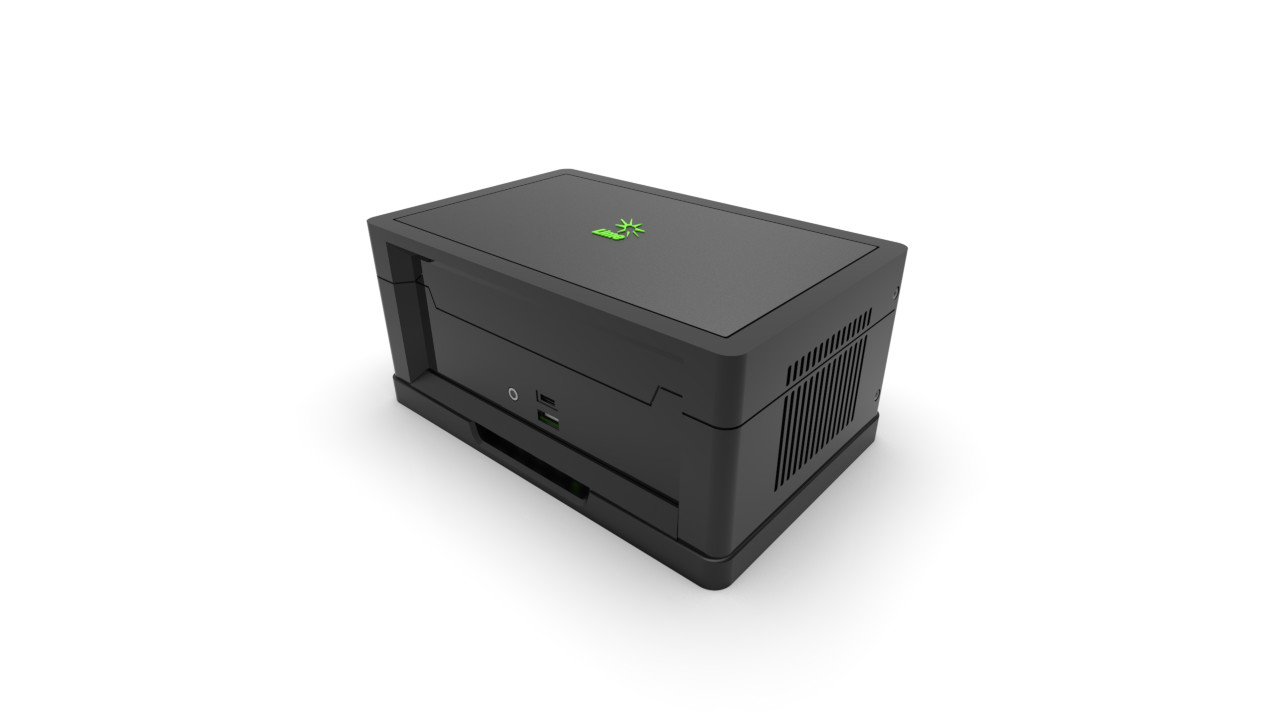Growth of edge computing in the cellular industry is being slowed, Light Reading editor-in-chief Ray Le Maistre argues on the occasion of the Edge Computing Congress 2019 event in London, because of fear, uncertainty and doubt – while experts predict the rise of edge-native applications and project major returns on investment for those making the leap.
Earlier this year a report from ABI Research suggested that edge computing will become a de-facto standard for the telecommunications industry, describing 5G and edge computing as “partner technologies.” There are operators already proving the point, such as Verizon with its 5G edge computing trials which showed a halving of latency compared to traditional centre-computing infrastructure and researchers using edge computing power to apply machine-learning error correction to radio signals.
Ray Le Maistre, editor-in-chief of Light Reading, has called edge computing “a key technology platform in the Big 5G Picture,” but is currently witnessing a surprisingly slow uptake. “While there’s a race to get early 5G services to market and invest in upgraded radio access network capabilities,” he writes, “there doesn’t seem to be the same level of commitment to edge computing. In my view, this means fear, uncertainty, and doubt are still weighing heavy on edge strategists at many operators: There’s a realisation that it will be important, but how, why and when still seem to be undefined.”
Le Maistre quotes Carnegie Mellon Professor Mahadev ‘Satya’ Satyanarayanan, speaking during an interview at the Edge Computing Congress 2019 conference in London, as stating that “edge-native” applications will prove the key to pushing edge computing from the early adopters and visionaries to the mainstream; Farid Singh, founder of Take 3 Innovate and former Telefónica OnLife edge team member, advises that network operators are already in a great position to take advantage of edge computing for significant cost savings – covering the cost of the shift to edge computing within five years, Singh claims in a prediction which should have even the most conservative of telcos interested in placing edge computing at the heart of their network evolution strategies.
Lime Microsystems has long supported the research which shows edge computing is to be a major driving force for telecommunications growth in the coming years. The LimeNET family of integrated systems – LimeNET Base Station, LimeNET CrowdCell, and LimeNET Mini – are built around the combination of powerful general-purpose processing (GPP) capabilities and software defined radio (SDR) for flexible functionality at the very edge of the network, while the LimeNET Micro offers edge computing and SDR capabilities at a price point suitable for academic and even hobbyist use.
Le Maistre’s full article is available now on Light Reading.
